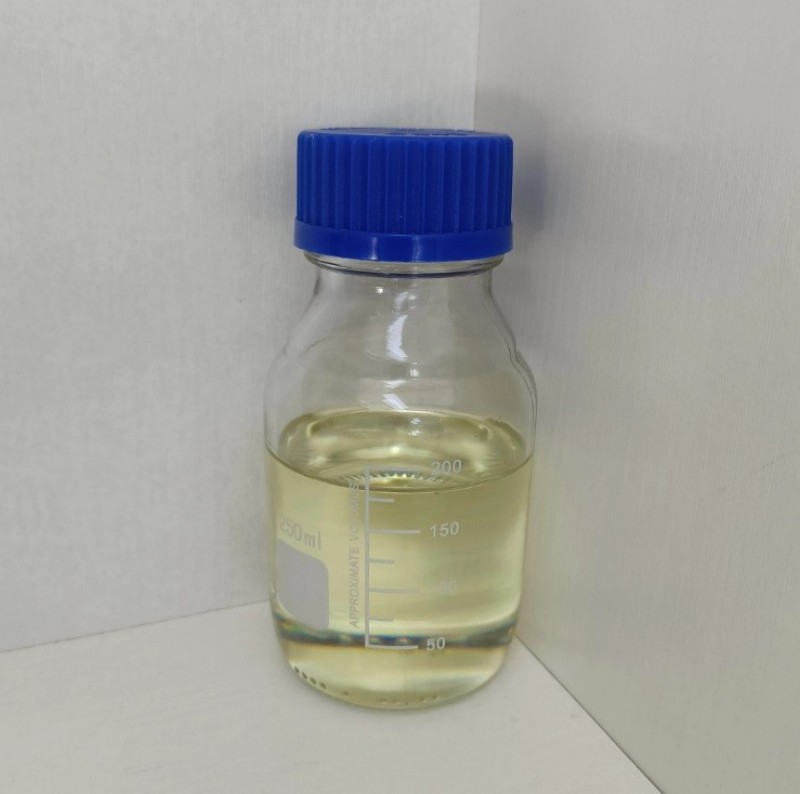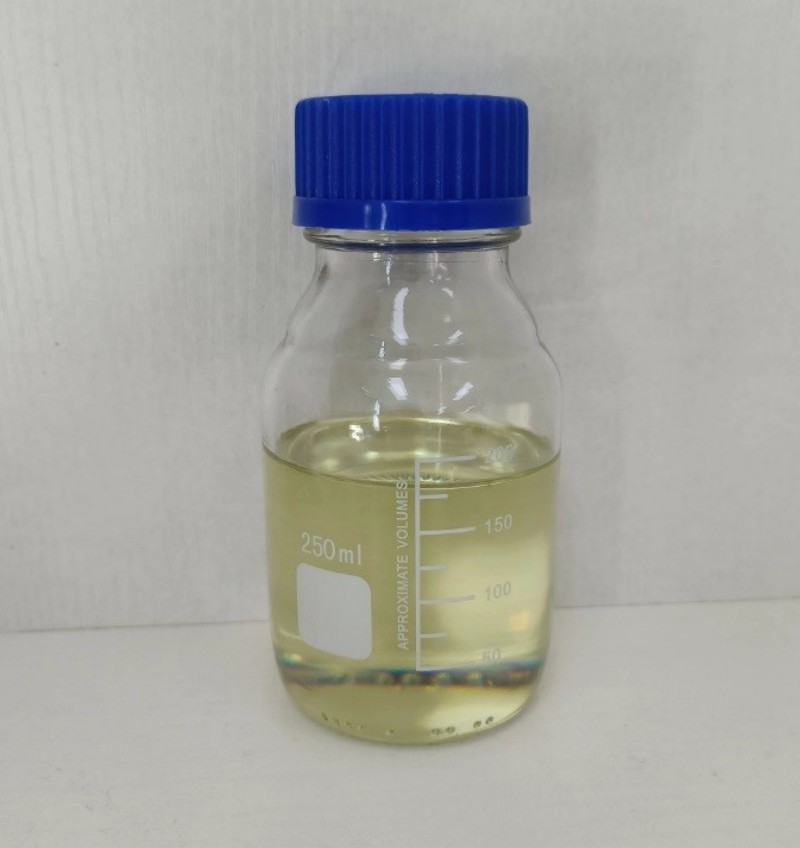Post Date:18,Nov,2024

4. The problem of slow early strength development of concrete
With the rapid advancement of residential industrialization in my country, the demand for precast concrete components is growing. Therefore, improving the early strength development rate of concrete can speed up the mold turnover rate, thereby improving the production efficiency of precast concrete components. The use of PCE to prepare precast concrete components can improve the appearance quality of the components, and due to the excellent dispersibility of PCE, its use in the production of high-strength precast components can give full play to its dual advantages in performance and cost, so it has broad application prospects.
5. The problem of large air content in concrete mixtures with PCE
As a surfactant, the hydrophilic side chains in the molecular structure of PCE have extremely strong air entrainment. That is, PCE will reduce the surface tension of the mixing water, making it easy for concrete to introduce and form bubbles of uneven size and easy to aggregate during the mixing process. If these bubbles cannot be discharged in time, they will affect the appearance quality of the concrete and even cause damage to the strength of the concrete, so they should be given enough attention.

6. The problem of poor workability of fresh concrete
The working properties of fresh concrete include fluidity, cohesion and water retention. Fluidity refers to the ability of concrete mixture to flow and fill the formwork evenly and densely under the action of its own weight or mechanical vibration. Cohesion refers to the cohesion between the components of the concrete mixture, which can avoid stratification and segregation during the construction process. Water retention refers to the ability of the concrete mixture to retain water, which can avoid bleeding during the construction process. In the actual preparation of concrete, on the one hand, for low-strength concrete, the amount of cementitious materials is not high and the water-binder ratio is large. In addition, the aggregate grading of such concrete is usually poor. The use of PCE with a high water reduction rate to prepare such concrete is prone to segregation and bleeding of the mixture; on the other hand, high-strength concrete prepared by using lower-strength cement, increasing the amount of cementitious materials and reducing the water-binder ratio is prone to high concrete viscosity, poor mixture fluidity and slow flow rate. Therefore, too low or too high viscosity of the concrete mixture will lead to poor concrete working performance, reduce construction quality, and be extremely unfavorable to the mechanical properties and durability of concrete.
Post time: Nov-19-2024






